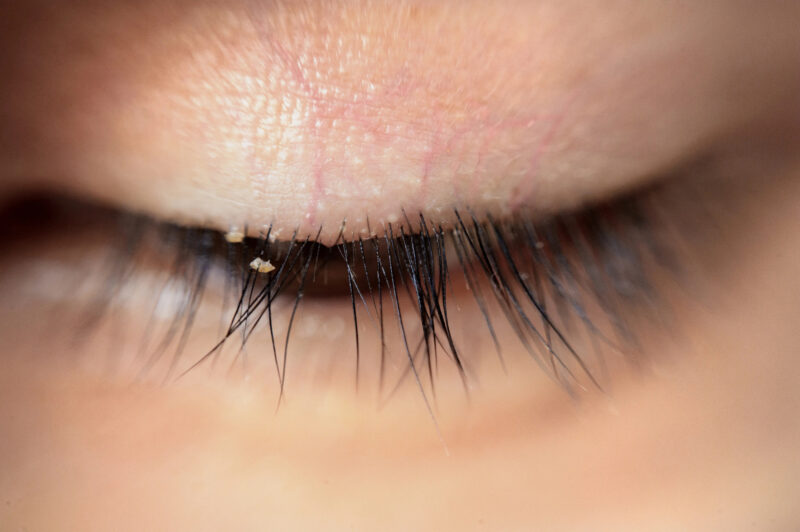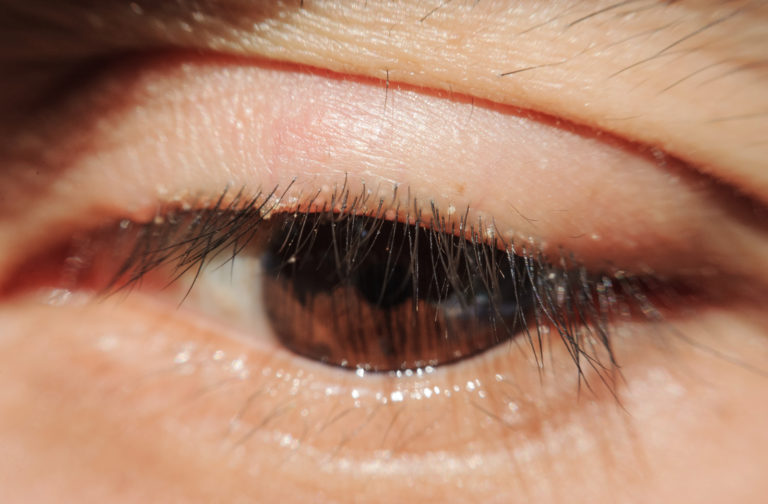Demodex Blepharitis: Symptoms, Causes, and Treatment Explained
Demodex Blepharitis is a common eyelid condition that causes discomfort and irritation. If you experience red, itchy eyelids or notice crusts around your lashes, you might be dealing with this condition. Fortunately, Dr. Romero and her expert clinical team specialize in cataract surgery and comprehensive eye care. They are here to guide you through the symptoms, causes, and effective treatments for Demodex Blepharitis.
Understanding Demodex Blepharitis:
Demodex Blepharitis is an eyelid inflammation caused by an overpopulation of tiny mites called Demodex. These mites naturally reside on our skin and hair follicles. However, when they multiply excessively, they can lead to various eye-related issues. As a result, Dr. Romero and her team specialize in diagnosing and managing this condition, offering patients the best care for relief.
Symptoms of Demodex Blepharitis:
•Itchy and Irritated Eyelids: Many patients experience persistent itching and irritation around their eyelids, leading to discomfort. Consequently, this can interfere with daily activities.
•Redness and Swelling: In addition, the condition can cause redness and swelling of the eyelids, making them appear puffy and inflamed. This symptom may worsen if left untreated.
•Crusty Debris: You may also notice crusty debris or dandruff-like material at the base of your eyelashes. This is a hallmark sign of Demodex Blepharitis.
•Watery Eyes: Furthermore, Demodex Blepharitis can disrupt the tear film, leading to watery eyes or excessive tearing. As a result, this can cause further irritation.
•Sensation of a Foreign Body: Moreover, some patients feel as though a foreign object is in their eyes. This sensation can be persistent and bothersome.
 Causes of Demodex Blepharitis:
Causes of Demodex Blepharitis:
The main cause of Demodex Blepharitis is an overproliferation of the Demodex mite, which naturally resides in the skin and leads to inflammation. However, there is no consensus on whether the underlying inflammation or the excessive number of Demodex mites comes first. Researchers are still working to clarify this relationship, and further studies may provide new insights.
How Do Eye Care Providers Diagnose Demodex Blepharitis?
During an eye exam, your eye care provider will examine your eyelashes with a slit lamp. They will specifically look for cylindrical sleeves in your eyelashes, which are a key sign of Demodex infestation. This allows for an accurate diagnosis and appropriate treatment plan.
Treatment for Demodex Blepharitis:
Dr. Romero and her expert clinical team offer a range of effective treatments to manage Demodex Blepharitis and provide relief:
•Eyelid Hygiene: First, maintaining proper eyelid hygiene is essential for controlling Demodex infestations. Patients will be guided on how to gently clean their eyelids using a special solution.
•Topical Medications: In addition, low concentrations of tea tree oil or hypochlorous acid, along with ivermectin, can help reduce mite populations.
•Warm Compresses: Applying warm compresses helps soothe the eyes and assist in removing debris and crusts. This simple remedy can provide significant relief.
•Artificial Tears: For patients experiencing dry eye symptoms, artificial tears may provide much-needed lubrication and improve comfort.
•Lifestyle Adjustments: Dr. Romero may also recommend lifestyle changes, such as reducing the use of eye makeup and avoiding expired or contaminated cosmetics. These adjustments can significantly enhance the effectiveness of the treatment.
If you experience symptoms of Demodex Blepharitis, don’t hesitate to seek professional help from Dr. Romero and her expert clinical team. Their specialized knowledge in cataract surgery and comprehensive eye care ensures that you will receive the best treatment and find relief from Demodex Blepharitis.






 Causes of Demodex Blepharitis:
Causes of Demodex Blepharitis:
